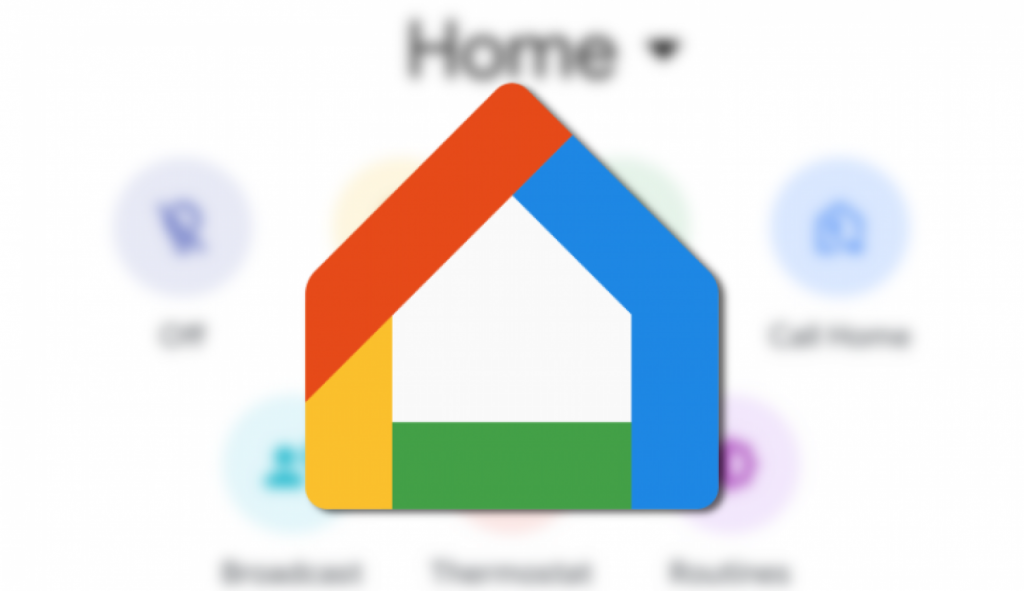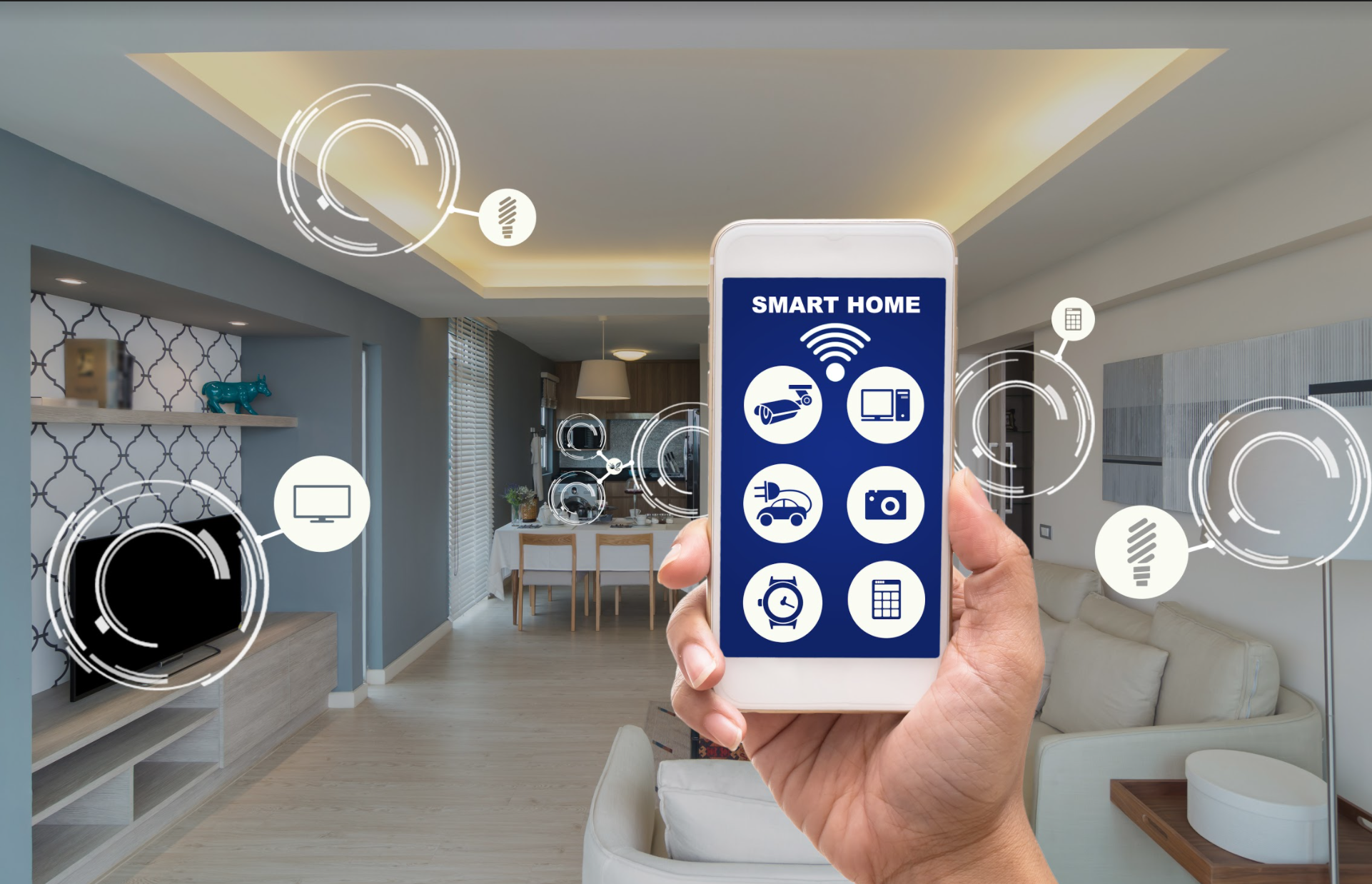Tech Tips
The Google Home App: Your Gateway to a Smart Home Experience

The Google Home App: Your Gateway to a Smart Home Experience
The Google Home App is a powerful tool that allows users to control and manage their smart home devices. With its user-friendly interface and extensive features, it serves as the gateway to a seamless and convenient smart home experience.
Setting up the Google Home App
Downloading the app
- Available for both Android and iOS devices
- Can be downloaded from the respective app stores
Connecting to smart home devices
- The easy setup process for various smart home devices
- Integration with popular brands like Nest, Philips Hue, and TP-Link
Controlling Smart Home Devices
Voice commands
- Utilize the Google Assistant to control devices with voice commands
- Hands-free control for a more convenient experience
Manual control
- Use the app to manually control devices
- Adjust settings, turn devices on/off, and customize preferences
Automating Smart Home Tasks
Creating routines
- Set up routines to automate multiple actions with a single command
- Customize routines based on specific triggers or schedules
Integration with other apps
- Connect the Google Home App with other smart home apps and services
- Create seamless automation across different platforms
Managing Smart Home Devices
Device organization
- Categorize and group devices for easier management
- Create custom rooms and assign devices accordingly
Monitoring and troubleshooting
- Check the status of devices and troubleshoot issues
- Receive notifications for important updates or alerts
Conclusion
The Google Home App provides users with a comprehensive and user-friendly platform to control, automate, and manage their smart home devices. With its extensive features and integration capabilities, it serves as the ultimate gateway to a seamless and convenient smart home experience.












